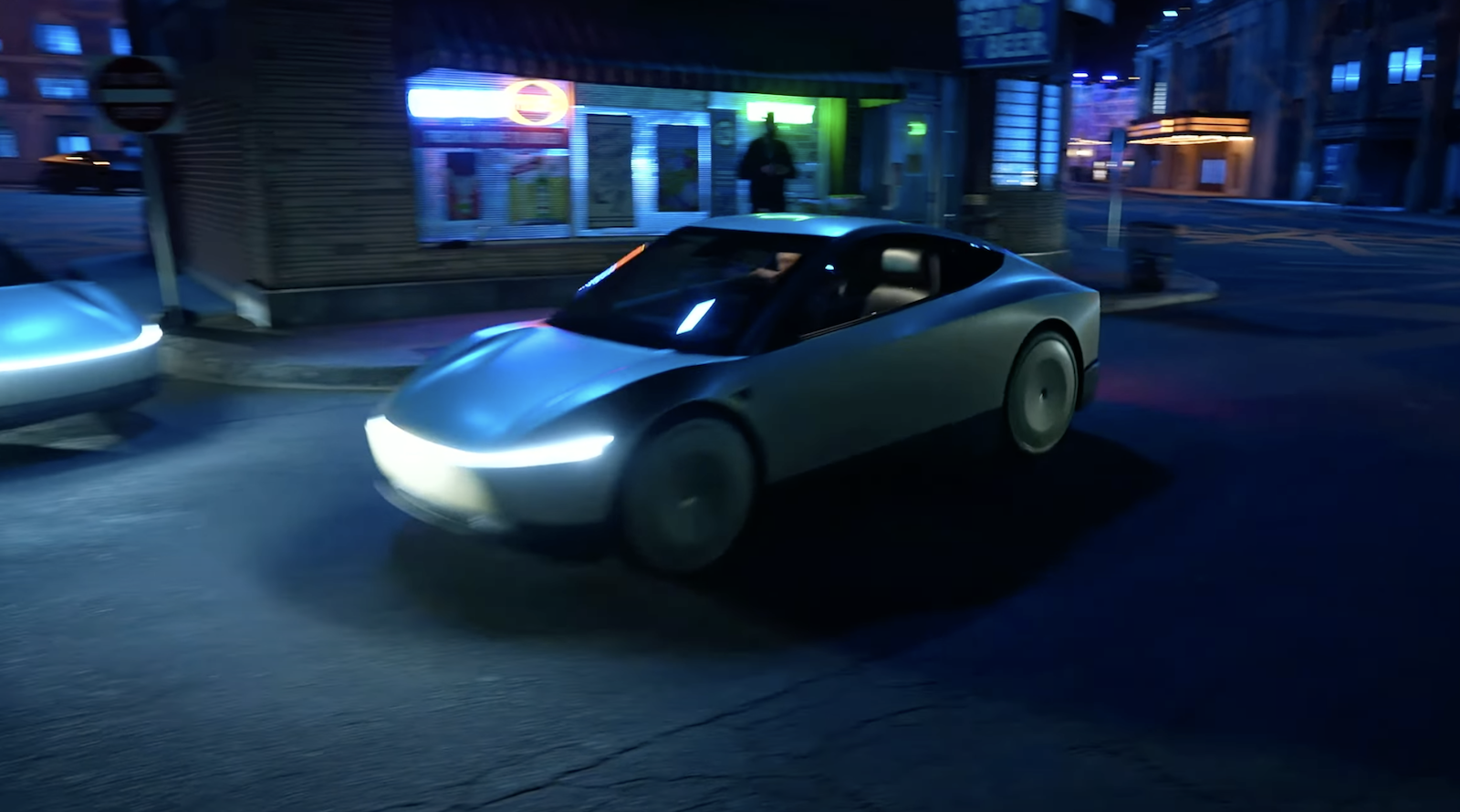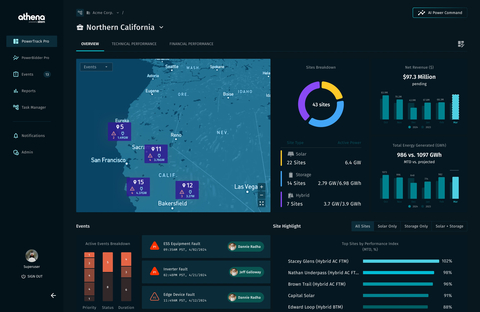
In this article, I cover the latest developments in Tesla’s constantly changing referral program, and how that fits in with the ongoing debate on how best to promote electric vehicles to the masses.
A couple days ago, Tesla added yet another way for Tesla owners to earn Tesla credits (100 credits being worth about $6) by referring their friends to take a test drive in one of Tesla’s four vehicles. If you would like to schedule a demo drive, you can use this referral link. I referred my son-in-law to a demo drive of a Model S, and although he owns a Tesla Model Y Long Range, he was shocked at the difference in acceleration (3.1 seconds from 0 to 60 mph for the base Model S versus 4.8 seconds for the Model Y). The sales representative let him take the car for 30 minutes, and the only limitation was the car was limited to 85 mph. We didn’t think that was much of a problem, but we hit that limit several times, since the car accelerates so quickly. As I expected, Tesla didn’t have any pressure or sales pitch when we turned the car in and just asked if we had any questions.
Lower Prices Or Advertise To Bring In New Customers
There is a constant debate among Tesla shareholders about the best course of action to generate a massive number of new customers. Tesla is attempting to grow from selling about 2 million vehicles a year to 20 million a year by 2030. On one side are the traditionalists who say word of mouth and Tesla’s referral program have worked so far and are far cheaper ways than massive spending on conventional advertising. They argue that every spare dollar should be put into either improving the products or lowering prices.
On the other hand, as we explained in more detail in this article, there is the view that those methods worked well when we were going after early adopters, but to succeed in the mass market, we need to do some advertising, especially because the general public doesn’t know how inexpensive and great the vehicles are. Elon agreed in the shareholder meeting in May to try some advertising and see how it works after some pressure from shareholders attending the meeting. I decided to test this theory out this morning as I was visiting my daughter and got invited to a doughnuts and coffee event in her upper middle class neighborhood. I asked the 5 families there what they thought the cost of buying the entry-level Tesla was, including both the federal and Colorado tax credit. One of the families already owned a Tesla. The people guessed between $30,000 and $45,000, with most about $40,000.

Image from Tesla.com
The correct answer is a Model 3 starts at $40,240 and when I checked, they had an inventory model for sale at a $1,470 discount of $38,770. In addition, the car is eligible for the $7,500 federal tax credit (for those eligible), the $5,000 Colorado tax credit for everyone who pays taxes in Colorado, and the current $500 referral credit (in addition to getting 3 free months of the Full Self Driving beta suite). This $14,470 of discounts amounts to 35% of the price! But that isn’t the whole story. The price was $46,990 as recently as January of this year. So, if you add the $6,750 in price cuts, you are getting $21,220 off of the previous price of the entry-level Tesla. $21,220/$46,990 is a whopping 45% reduction!
So, the net price is $25,770, about $5,000 less than the lowest guess and $20,000 less than the highest guess. This small sample confirms my feeling that the public has no idea how affordable a Tesla is to buy and own.
Conclusion
So, what is the best way to solve this problem? Referral incentives, advertising, or more price cuts? I would say price cuts in the long term as Tesla reduces the cost of building its current and future vehicles. But on the other hand, if nobody out there realizes how affordable they are, they might buy a Toyota Corolla, since they think there is no way they can afford a $45,000 Tesla, even if they think the vehicles are great. So, in the short term, I think they should work to publicize both the unique advantages of owning a Tesla and also how affordable they are to everyone. This can be done both with traditional advertising and with the referral program, since clearly people don’t yet realize how much has changed in the last few months.
If you want to take advantage of my Tesla referral link to get Reward Credits, here’s the code: https://ts.la/paul92237 — but as I have said before, if another owner helped you more, please use their link instead of mine. If you want to learn more about Tesla’s new referral program, Chris Boylan has written an excellent article on it.
Disclosure: I am a shareholder in Tesla [TSLA], BYD [BYDDY], Nio [NIO], XPeng [XPEV], Hertz [HTZ], and several ARK ETFs. But I offer no investment advice of any sort here.
I don’t like paywalls. You don’t like paywalls. Who likes paywalls? Here at CleanTechnica, we implemented a limited paywall for a while, but it always felt wrong — and it was always tough to decide what we should put behind there. In theory, your most exclusive and best content goes behind a paywall. But then fewer people read it! We just don’t like paywalls, and so we’ve decided to ditch ours. Unfortunately, the media business is still a tough, cut-throat business with tiny margins. It’s a never-ending Olympic challenge to stay above water or even perhaps — gasp — grow. So …




